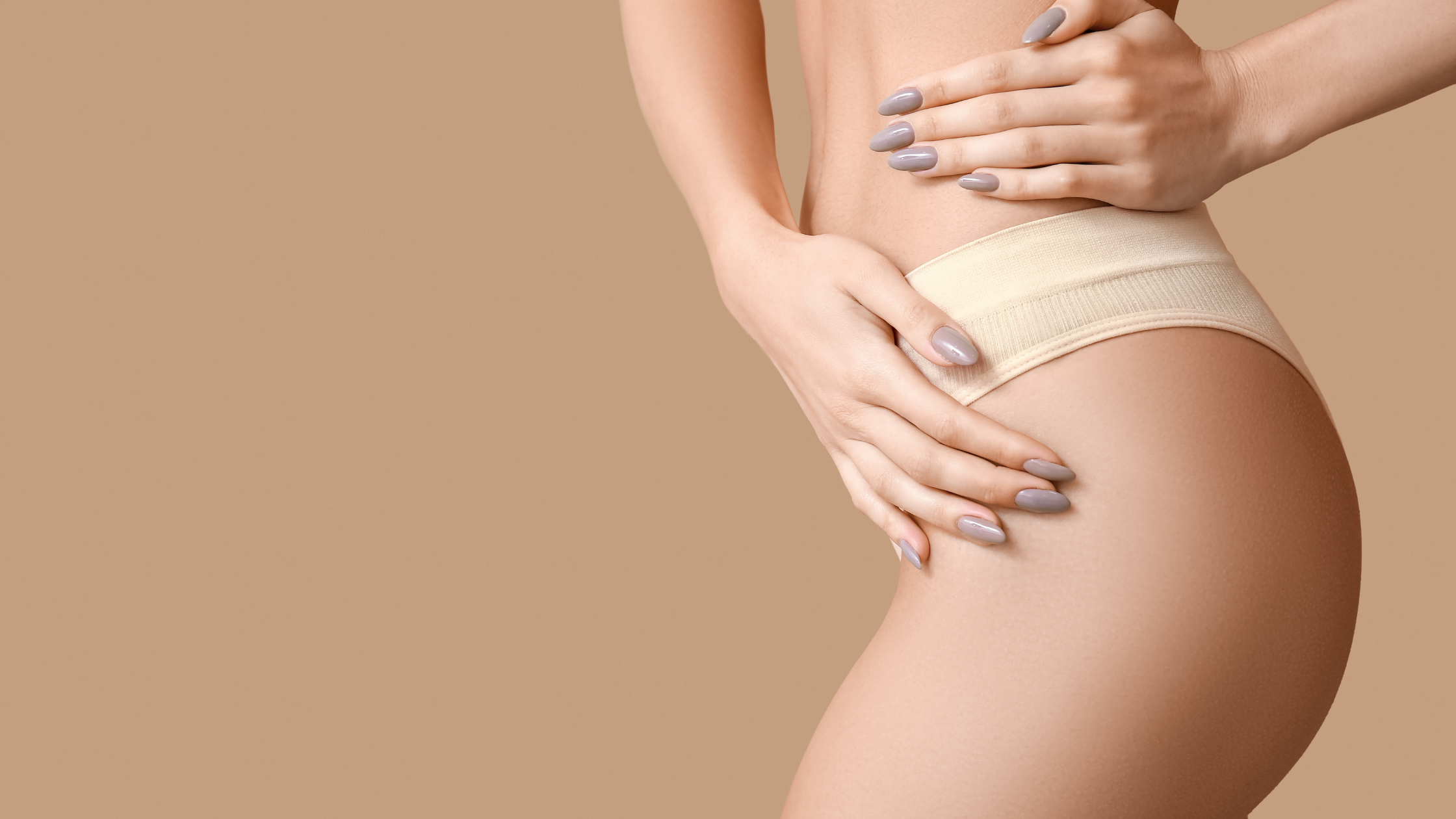Lipo: Warning Signs You Need to Know
Undergoing liposuction is a significant decision, often driven by the desire for a more sculpted and confident you. However, the outcome doesn't always align with expectations. Recognizing the signs that your liposuction results are subpar is crucial for seeking timely and effective solutions. This comprehensive guide will illuminate six key warning signs of bad liposuction and explore the available corrective measures to help you achieve the smooth, contoured look you initially envisioned.
1. The Unsettling Imbalance: Noticeable Asymmetry
A telltale sign that your liposuction didn't go as planned is asymmetry. This presents as a clear difference in the shape or size of treated areas on opposite sides of your body. One arm might appear disproportionately larger than the other, or one flank might have a more significant bulge. This uneven fat removal can be visually jarring and undermine your confidence.
The Fix: Liposuction revision is often the answer. A skilled cosmetic surgeon specializing in corrections can perform additional liposuction to remove excess fat from the larger area or utilize fat grafting to strategically add volume to the smaller side, aiming for a more balanced and harmonious contour.
2. The Unwanted Texture: Lumps and Bumps
Instead of the smooth, even skin you anticipated, you might notice or feel unwelcome lumps and bumps in the areas where liposuction was performed. This uneven liposuction can stem from inconsistent fat removal techniques or the formation of underlying scar tissue. These irregularities can be both aesthetically displeasing and sometimes cause discomfort.
The Fix: Revision liposuction, employing techniques like liposculpture with fine cannulas, can meticulously address these irregularities. By carefully removing excess fat pockets, a skilled surgeon can create a smoother surface. In some milder cases, non-surgical treatments like focused ultrasound or radiofrequency might help improve skin texture.
3. The Deflated Look: Dents and Hollows
On the other end of the spectrum, overly aggressive fat removal can result in dents and hollows in the treated areas. This "overcorrection" can create an unnatural, almost gaunt appearance that detracts from your overall physique.
The Fix: Fat grafting is the gold standard for filling in these unwanted depressions. Fat harvested from another area of your body can be purified and delicately injected into the dents and hollows, restoring lost volume and creating a more natural and even contour.
4. The Lingering Discomfort: Persistent Pain or Numbness
While some temporary soreness and numbness are expected after liposuction, persistent or severe pain that doesn't subside, or numbness that lasts for an unusually long time, can be indicative of potential nerve damage during the procedure.
The Fix: It's crucial to seek a thorough evaluation from your original surgeon or a board-certified plastic surgeon specializing in liposuction complications. They can assess the extent of any nerve involvement. While some nerve-related issues may resolve with time and conservative management, more severe cases might require specialized medical intervention.
5. The Unwelcome Marks: Skin Discoloration or Excessive Scarring
Beyond the typical bruising that follows liposuction, persistent or unusual skin discoloration, or the development of thick, raised scars (keloids or hypertrophic scars), can signal healing complications or suboptimal surgical technique.
The Fix: Various scar management techniques, including silicone sheets, massage, topical treatments, and laser therapy, can help improve the appearance of excessive scarring. Persistent skin discoloration should be evaluated by a dermatologist or plastic surgeon to determine the underlying cause and appropriate treatment options.
6. The Signs of Trouble: Seromas or Infections
The formation of a seroma (a fluid-filled pocket under the skin) or the development of infection (characterized by increased redness, swelling, warmth, and pus) are clear indicators of post-operative complications that demand immediate medical attention.
The Fix: Seromas often require drainage by a healthcare professional. Infections necessitate prompt treatment with antibiotics. Diligently following your surgeon's post-operative instructions is paramount in preventing these complications.
What Steps to Take If You Suspect Bad Liposuction
If you recognize any of these warning signs, prompt action is crucial:
- Schedule a Follow-Up: Contact your original surgeon to discuss your concerns and undergo an evaluation.
- Seek a Second Opinion: Don't hesitate to consult with a board-certified plastic surgeon with expertise in liposuction revision for an unbiased assessment of your situation and potential corrective options.
- Document Everything: Maintain detailed records of your symptoms, take clear photographs of the affected areas, and gather all relevant medical documentation.
- Be Patient with Correction: Understand that liposuction revision is a surgical procedure that requires time for healing and for the final results to become apparent.
Choosing the Right Surgeon to Avoid Bad Liposuction
The most effective way to minimize the risk of experiencing bad liposuction is to make an informed decision when selecting your surgeon. Thoroughly research their credentials, board certifications, experience specifically with liposuction, review their before-and-after gallery, and read patient testimonials.
Liposuction FAQ: Addressing Concerns About Bad Liposuction
Can bad liposuction be fixed? Yes, in many cases, bad liposuction can be significantly improved or corrected through revision liposuction, fat grafting, and other surgical or non-surgical techniques. The success of the correction depends on the specific issues and the expertise of the revision surgeon.
What are the long-term effects of botched liposuction if not corrected? Uncorrected bad liposuction can lead to persistent aesthetic dissatisfaction, chronic discomfort, and potential psychological distress. Physical deformities may remain permanent without intervention.
How do I find a good surgeon to fix my bad liposuction? Look for a board-certified plastic surgeon with extensive experience in liposuction revision and a strong portfolio of successful corrective procedures. Seek recommendations and read online reviews.
Is liposuction revision more complicated than the original procedure?Liposuction revision can sometimes be more complex due to existing scar tissue and altered anatomy. Choosing a highly skilled and experienced revision surgeon is crucial.
How long after the initial liposuction can I get a revision? It's generally recommended to wait several months (typically 6-12) after the initial liposuction to allow swelling to subside and tissues to heal fully before undergoing a revision procedure.
Will insurance cover liposuction revision? In most cases, cosmetic procedures, including revision surgery to correct unsatisfactory aesthetic outcomes, are not covered by insurance. However, if the initial liposuction resulted in medical complications, there might be some coverage. It's best to check with your insurance provider.
Conclusion
Experiencing less-than-ideal results after liposuction can be disheartening. However, by recognizing the signs of bad liposuction and understanding the available corrective options, you can take proactive steps towards achieving the smooth, contoured body you initially desired. Choosing a qualified and experienced surgeon for both your initial procedure and any subsequent revisions is paramount for a positive outcome.

